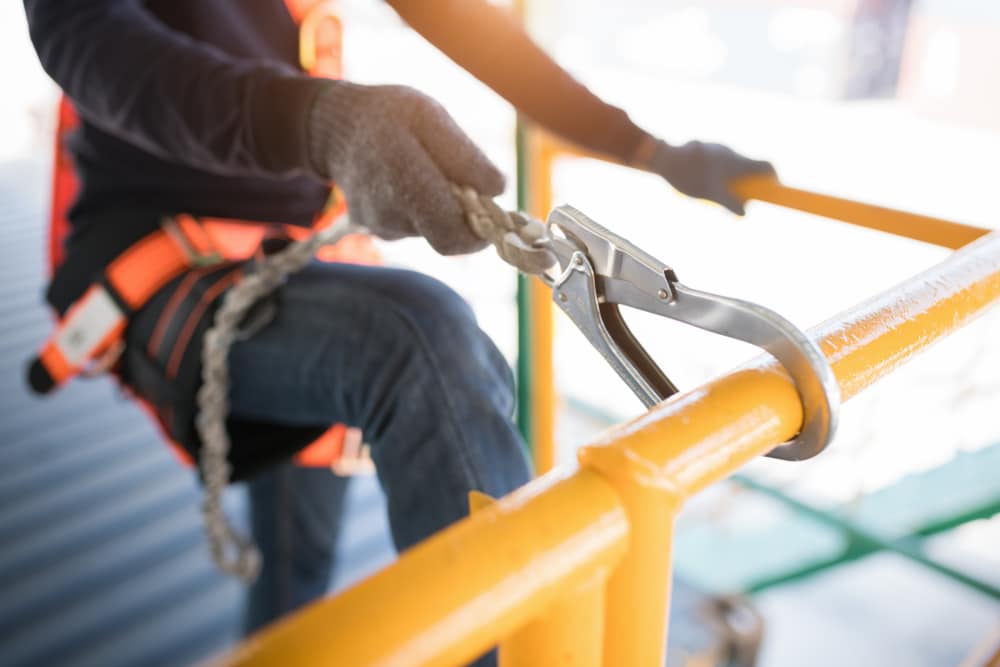OSHA keeps records not only of the most frequently cited standards overall but also within particular industries. An analysis of the most recent statistics from OSHA revealed the top standards cited in the fiscal year 2021 for the construction industry. Here are some of the sector’s most common (and expensive) violations from this past year as well as best practices for preventing related health and safety concerns at your construction site:
- General duty clause (5A0001)—This standard, which had an average cost per violation (ACV) totaling $7,942.24 and was cited 108 times this past year, requires employers to provide a safe work environment. It is often used when a hazard is not already covered by an existing standard. As such, it’s possible that this standard may have been cited for hazards related to COVID-19. Considering the ongoing pandemic, it’s crucial to continue prioritizing proper COVID-19 prevention measures at your worksite.
- Requirements for protective systems (29 CFR 1926.652)—This standard, which had an ACV totaling $6,733.30 and was cited 400 times this past year, refers to trench safety. Trenches at your construction site that are more than 5 feet deep and not made entirely of solid rock must implement one of the following protective systems to prevent cave-ins:
- Sloping—This process reduces the risk of cave-ins by sloping the soil of the trench back from the trench bottom. Slope angles will vary depending on the type of soil around the trench.
- Shoring—This process involves installing aluminum, hydraulic or other supports to prevent soil movement and cave-ins. Shoring systems typically consist of posts, wales, struts and sheeting.
- Shielding—This process refers to the use of trench boxes or other types of supports to avoid soil cave-ins. These shields and supports are typically designed or approved by a registered professional.
- Safety training and education (29 CFR 1926.21)—This standard, which had an ACV totaling $6,036.58 and was cited 352 times this past year, requires employers to establish employee education programs to help their workers prevent unsafe conditions. That being said, make sure to have your employees participate in routine safety training related to key job site hazards.
- Duty to have fall protection (29 CFR 1926.501)—This standard had an ACV totaling $5,263.54 and was cited 5,162 times this past year (making it the most frequently cited standard). It refers to identifying fall hazards and providing protections from them when needed. With this in mind, be sure to provide several forms of fall protection for your employees—including guardrails, safety nets, fall arrest systems and protective equipment—whenever they must work at heights of 6 feet or more.
Don’t let your organization suffer the costly consequences of an OSHA violation. Contact us via the form below for additional, industry-specific guidance on OSHA compliance and keeping your workforce safe. Be sure to follow us on LinkedIn and like us on Facebook for more industry news and tips!
Related links:
- Managing the Construction Worker Shortage
- What Type of Injury or Illness is Covered by Workers’ Compensation?
- Critical Infrastructure Cyberattacks on the Rise

